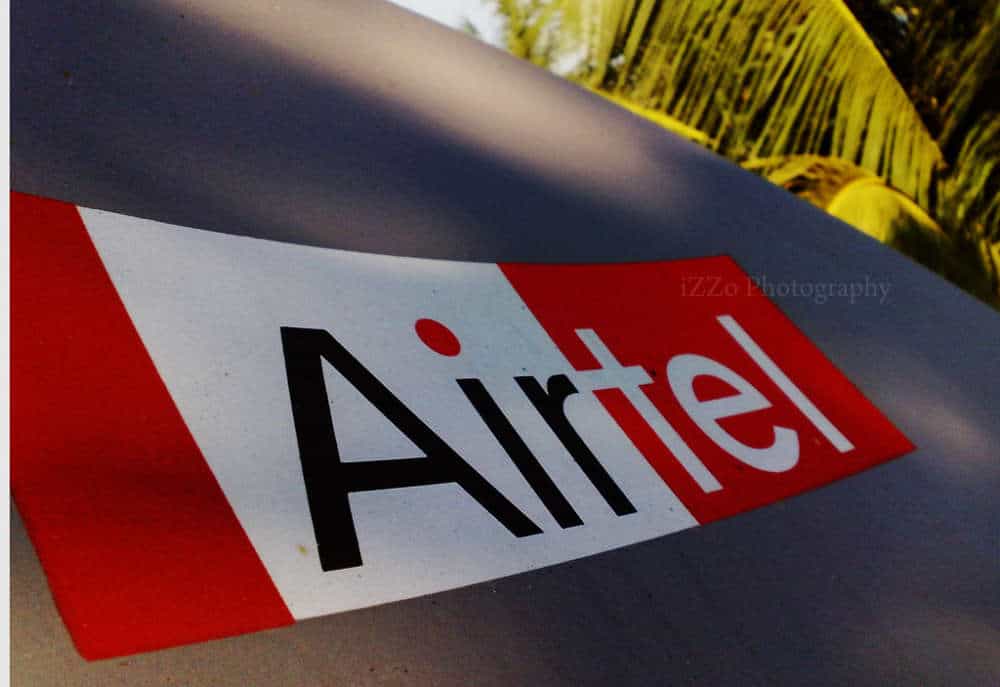NEW DELHI: India’s third largest operator by subscriber numbers, Airtel, will shut down its entire 3G network between December to March of the current fiscal, the company’s Chief Financial Officer (CFO) Badal Bagri has told analysts.
Shutting Down Of 3G Networks
“We are in the process of shutting down our 3G networks. We have experimented quite boldly in Calcutta to really shut off the 3G network altogether and refound the 900 megahertz, which is adding on 3G on LTE. That worked very well for us. By September, I think, there will be another 6 or 7 circles that will get shut down,” Bagri said.
“Between December and March, the entire 3G network should be shut down. We now have a plan to pretty much shut the 3G networks across the country by December. So you will see a lot of action in this quarter. We have anywhere between 10 and 15 megahertz of 2,100 band spectrum in most circles.
“It’s a very, very good mid-band spectrum once you are able to get 10 megahertz going and that see-through capacity for a period of time. And the second part of the capex will continue to be some loading on the 2,300 band, because 1,800 band is pretty much deployed all across the country”, he added.
Huge Loss
Telecom major Bharti Airtel posted a huge loss of Rs 2,866 crore for the first quarter of fiscal 2020 against a profit of Rs 97.30 crore in the same period last year. The company witnessed an exceptional loss of Rs 1,469.40 crore in the June quarter against Rs 362.10 crore in the same period last year. But its average revenue per user (ARPU) rose to Rs 129 in the June quarter from Rs 105 in the same quarter a year ago.
Co’s Customer Base
The company’s overall customer base at the end of June quarter stood at 403.7 million across 16 countries, down 10.9 per cent on a yearly basis.
The company’s earnings before interest, tax, depreciation and amortization (Ebitda) came in at Rs 8,500 crore in the June quarter, up 24.2 per cent. Ebitda margin was up 6.4 per cent in the first quarter.
The telco said it is always making effort to raise the ARPU.
“The pricing levels in India are unsustainably low. You get 45 gigs of data, unlimited calling for about Rs 150, which is clearly very, very low. That needs to rise. But that is a function of the competitive dynamic in the market. So yes, we will keep adding value,” Bagri said.
“But we will try and clear this up so that we throw in more value as people upgrade. We’ve had, I would say, probably 4 quarters of a kind of steady market share. This quarter, our expectation is that we would pick up some market share, which will be satisfactory from our perspective given the competitive context,” he added.
Growth Of 4G Base
In a conference call post the first-quarter results, the CFO said its 4G base continued to grow and it had added almost 8.4 million customers during the quarter.
“With this now, we have 120 million data customers of which more than 95 million are on 4G. We do believe that this 4G handset penetration still has significant headroom to grow and therefore, for the foreseeable future, India will be largely a 4G market,” he said.
“However, the pace of handset adoption has remained stagnant, rather slowed down, in the last few quarters due to high prices of the handset and adverse currency fluctuations impacting the cost. We are hopeful that the pace of 4G adoption will accelerate, and this mix change will be a positive catalyst for us.
“We have about 95 million customers, which is what we reported in quarter 1. That’s a growth of about 9 million customers.
Our ARPU is now at Rs 129, with our customer base as 99 per cent plus, and the monthly average data usage of data from the customer base is at 11.7 GB per month,” he added.
According to Bagri, Airtel added more than 26,000 mobile broad-based band-based stations.
VoLTE Adoption
“Alongside network expansion, we also further added capacities across the network through additional sectorisation and massive MIMO. Our VoLTE adoption of 4G smartphone continues to grow, and a very significant portion of smartphone traffic now runs on VoLTE,” he said.
“In line with ramping up our 4G network, we completed reforming of our 900 megahertz sector to 4G in all the 10 circles where it is liberalized. This has improved indoor coverage for our 4G customers To cater to the exponential traffic growth, we further expanded our fibre footprint to more than 2,80,000 route kilometres with most of the sites either single hub or 2 hubs from the fibre port,” he added.
The company is working with partners like Google, Facebook, Netflix, Amazon for deeper and distributed content caching, it said.

